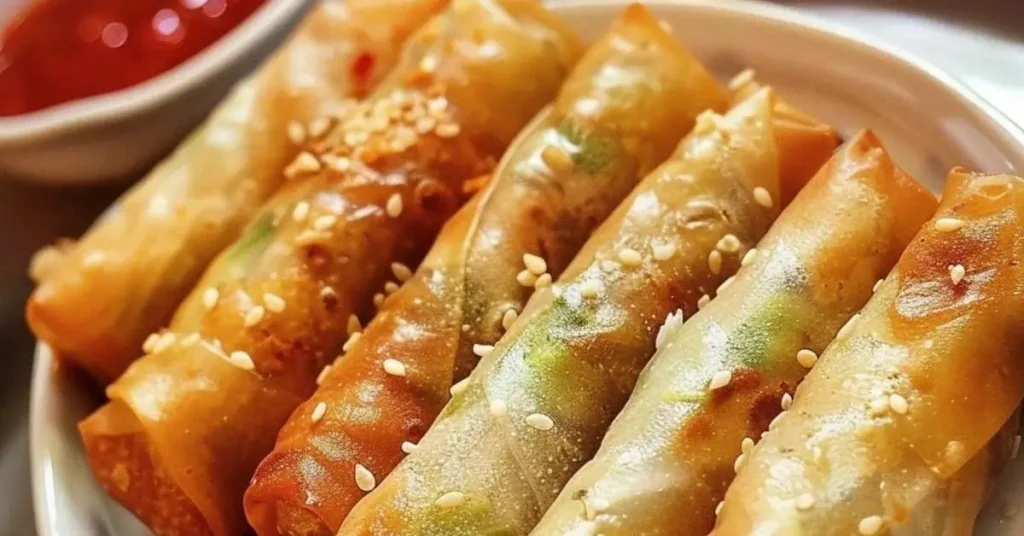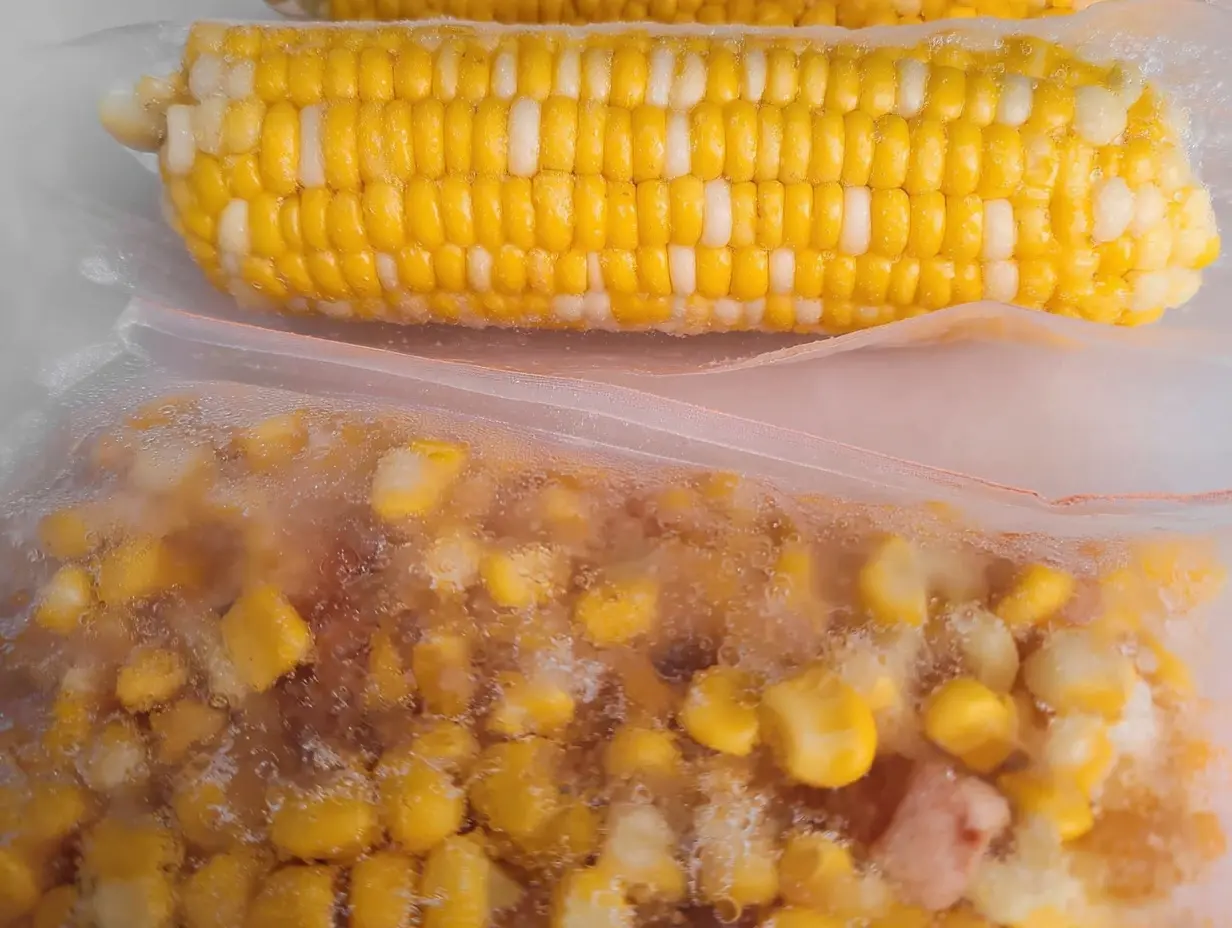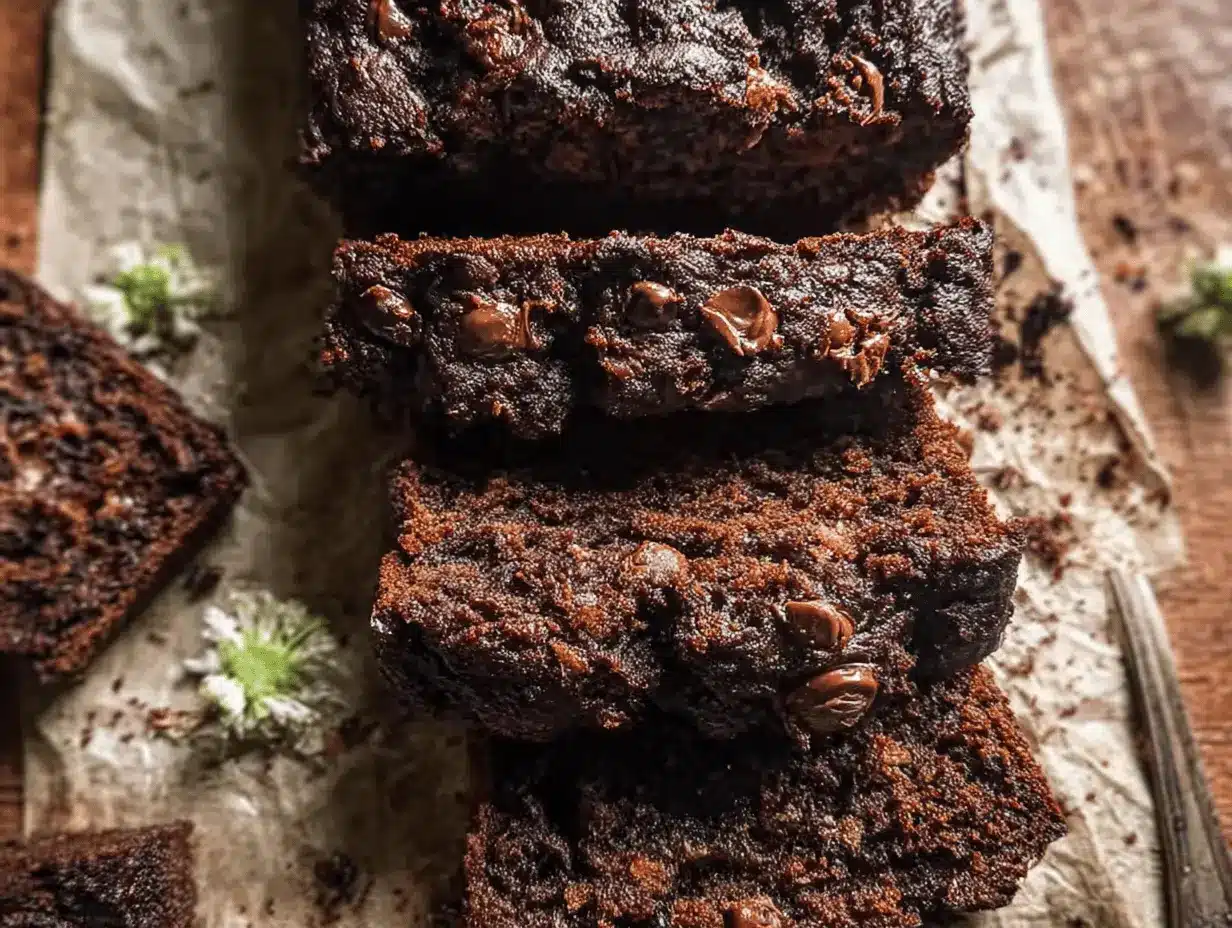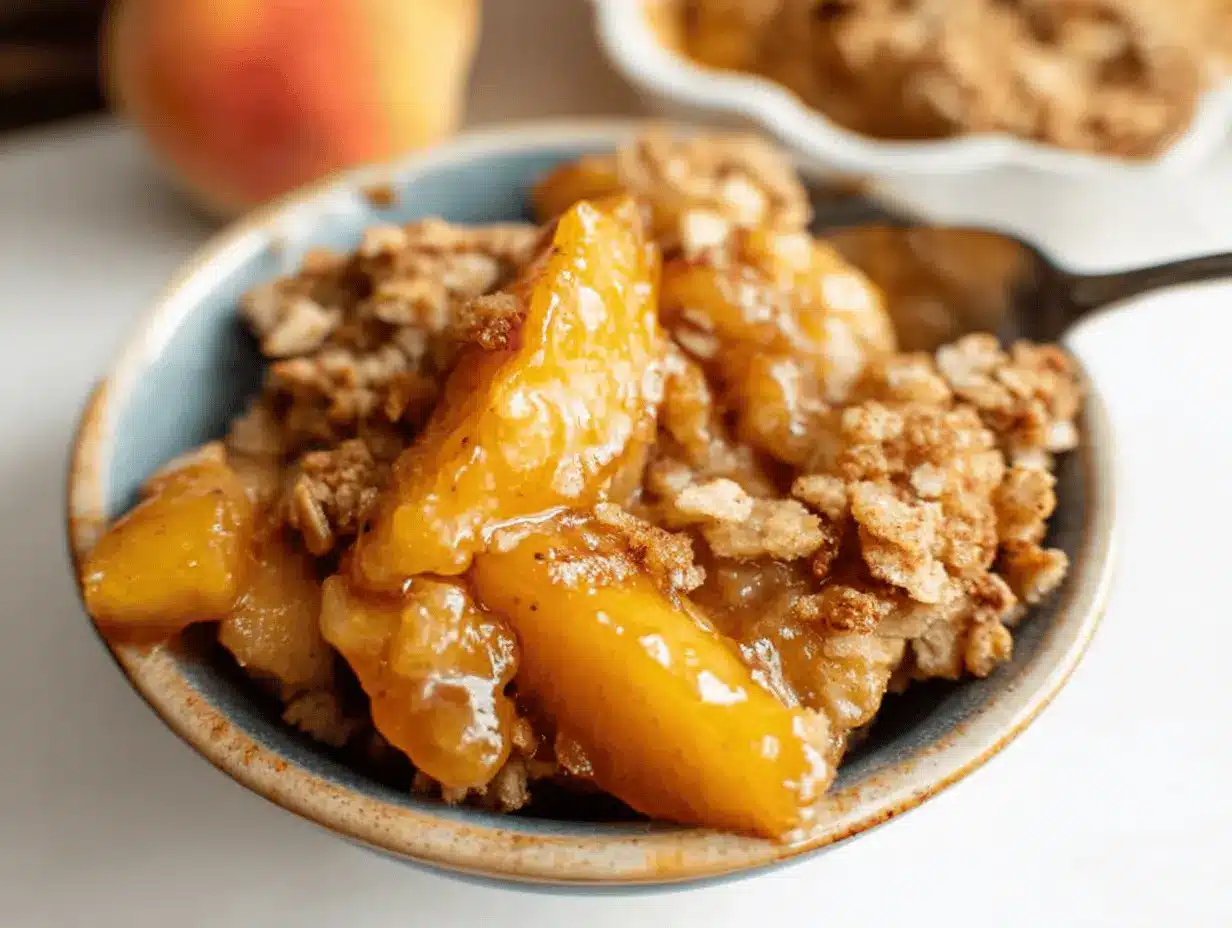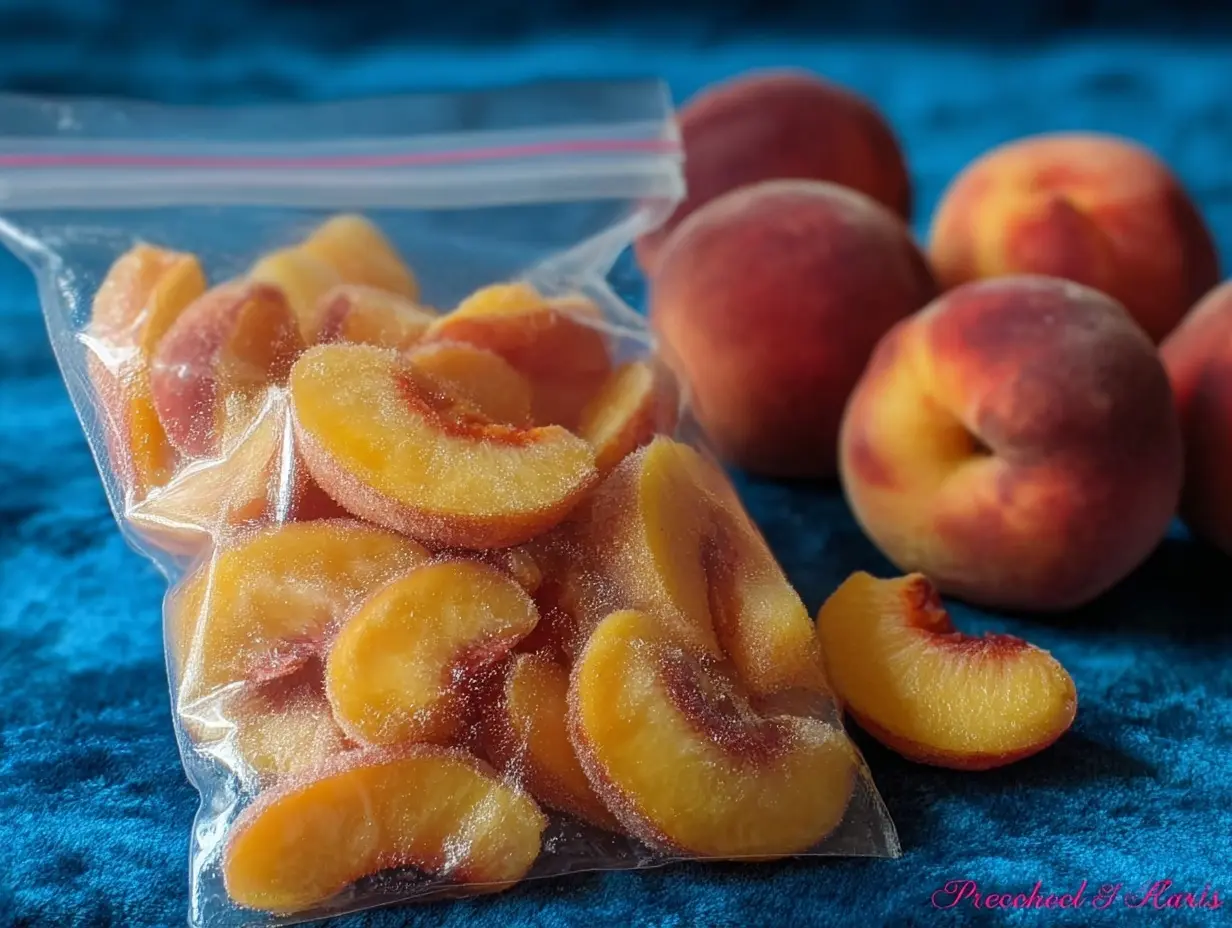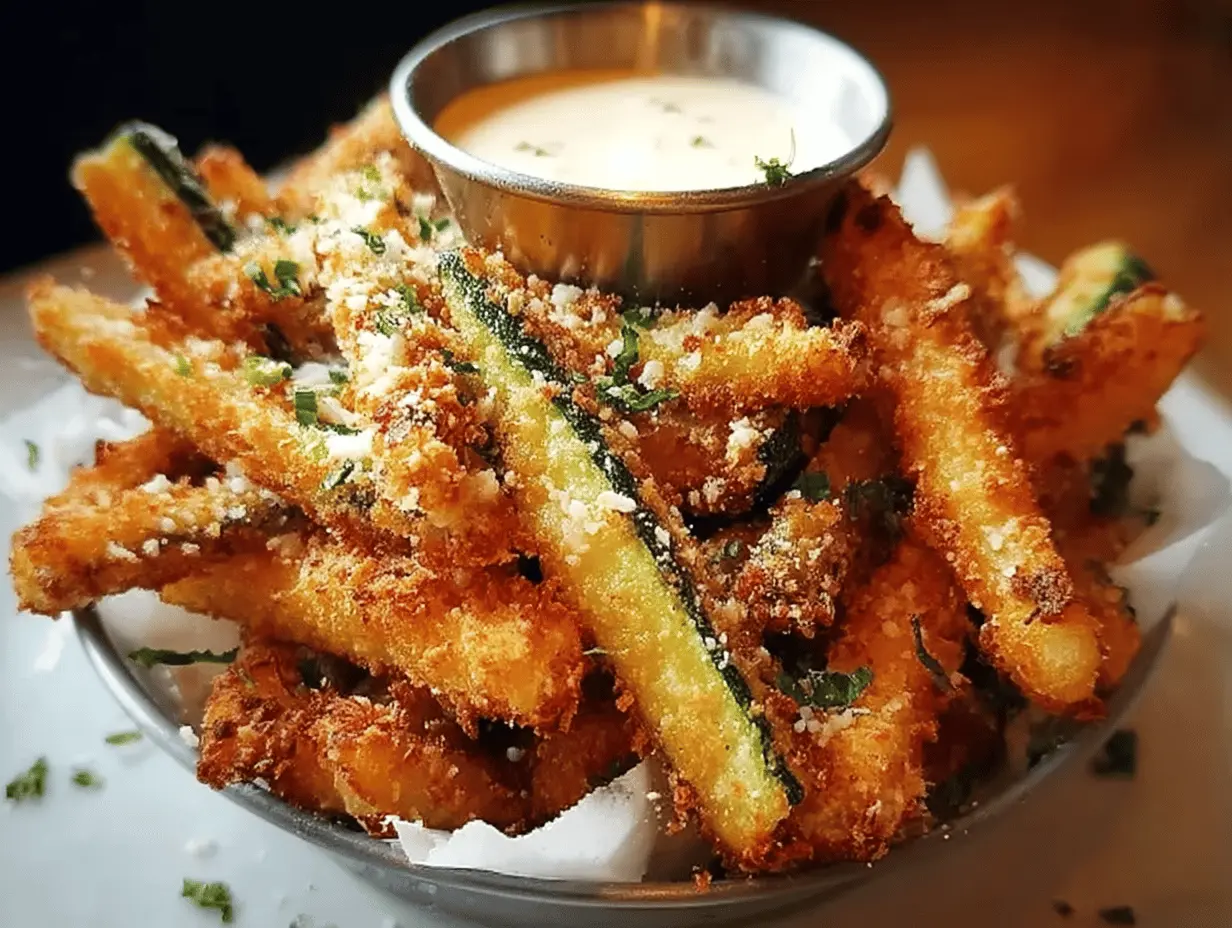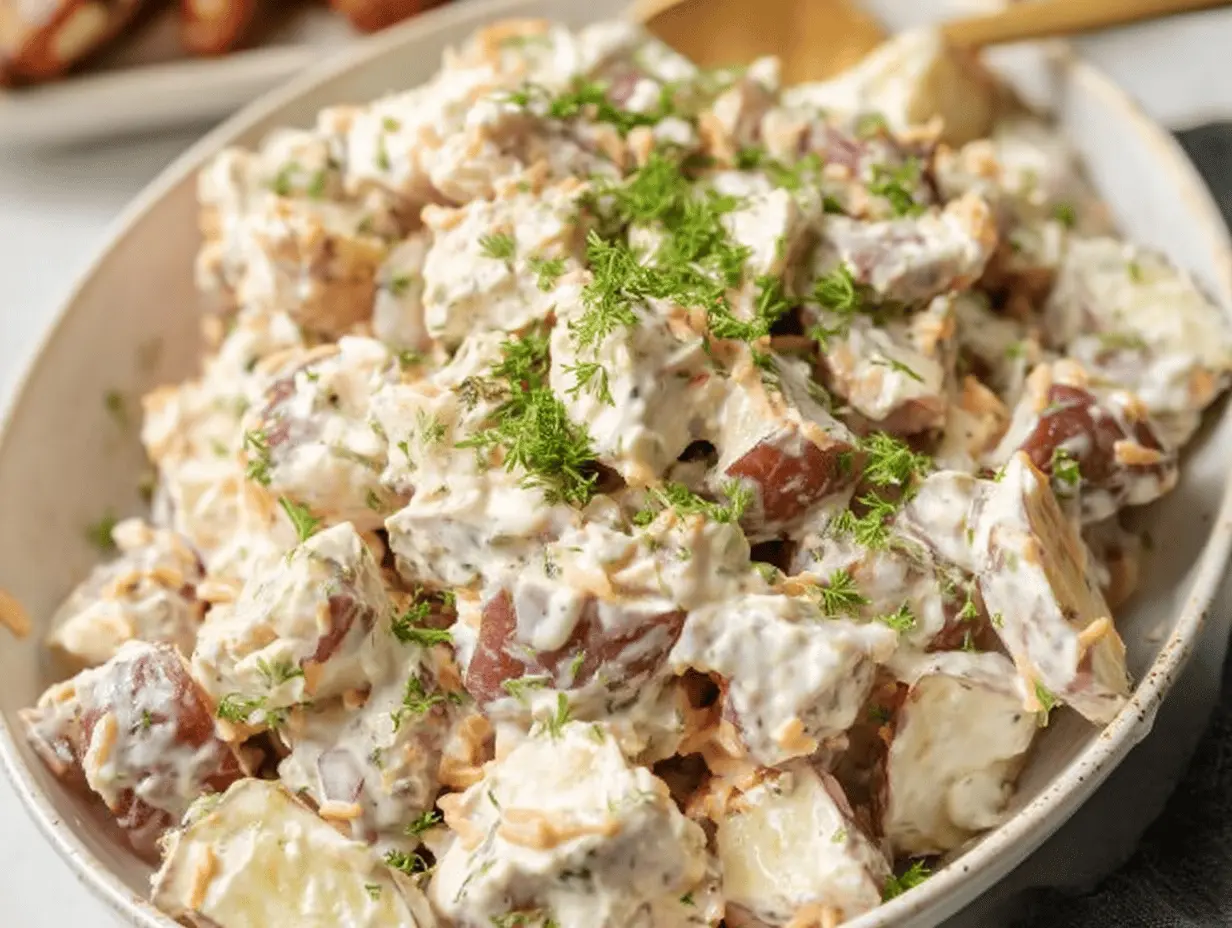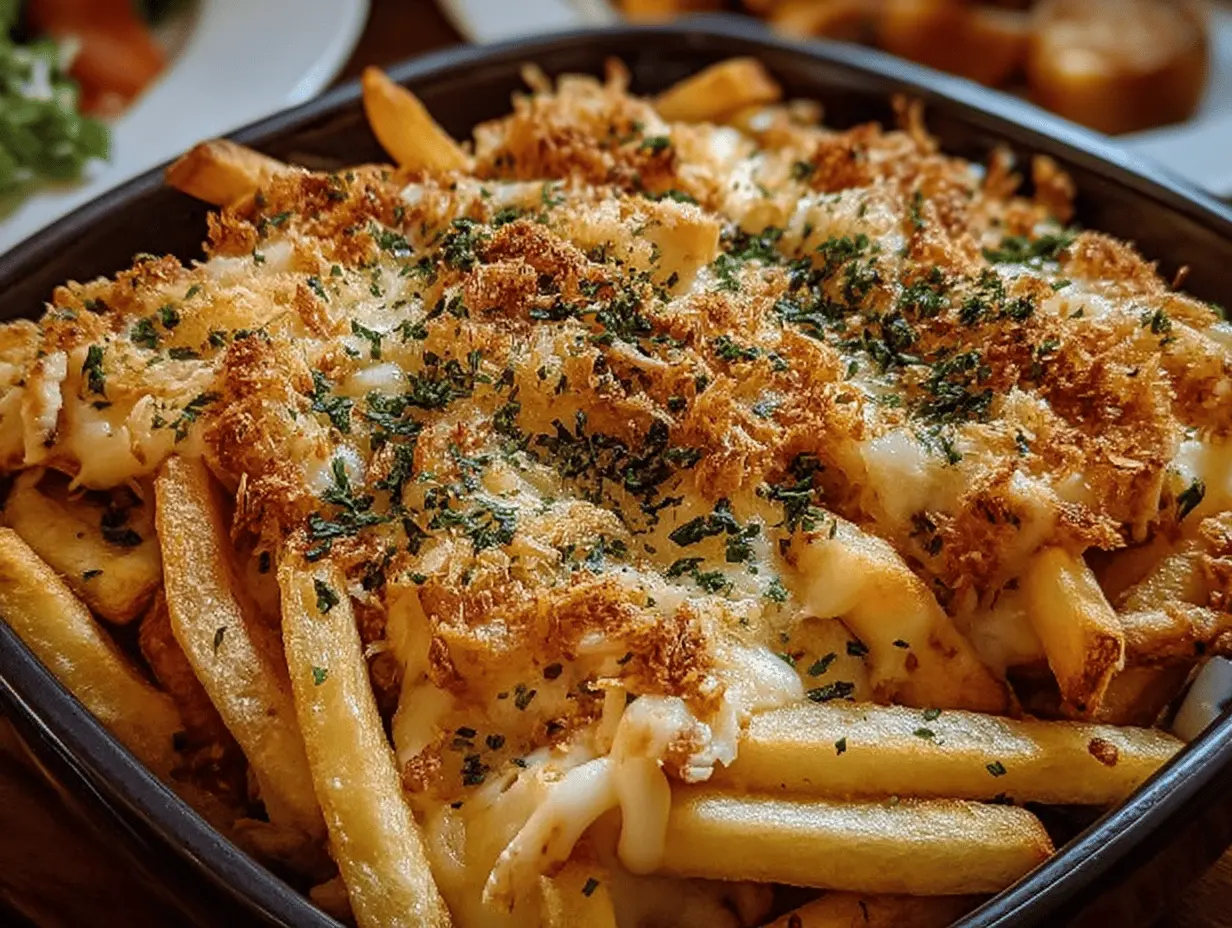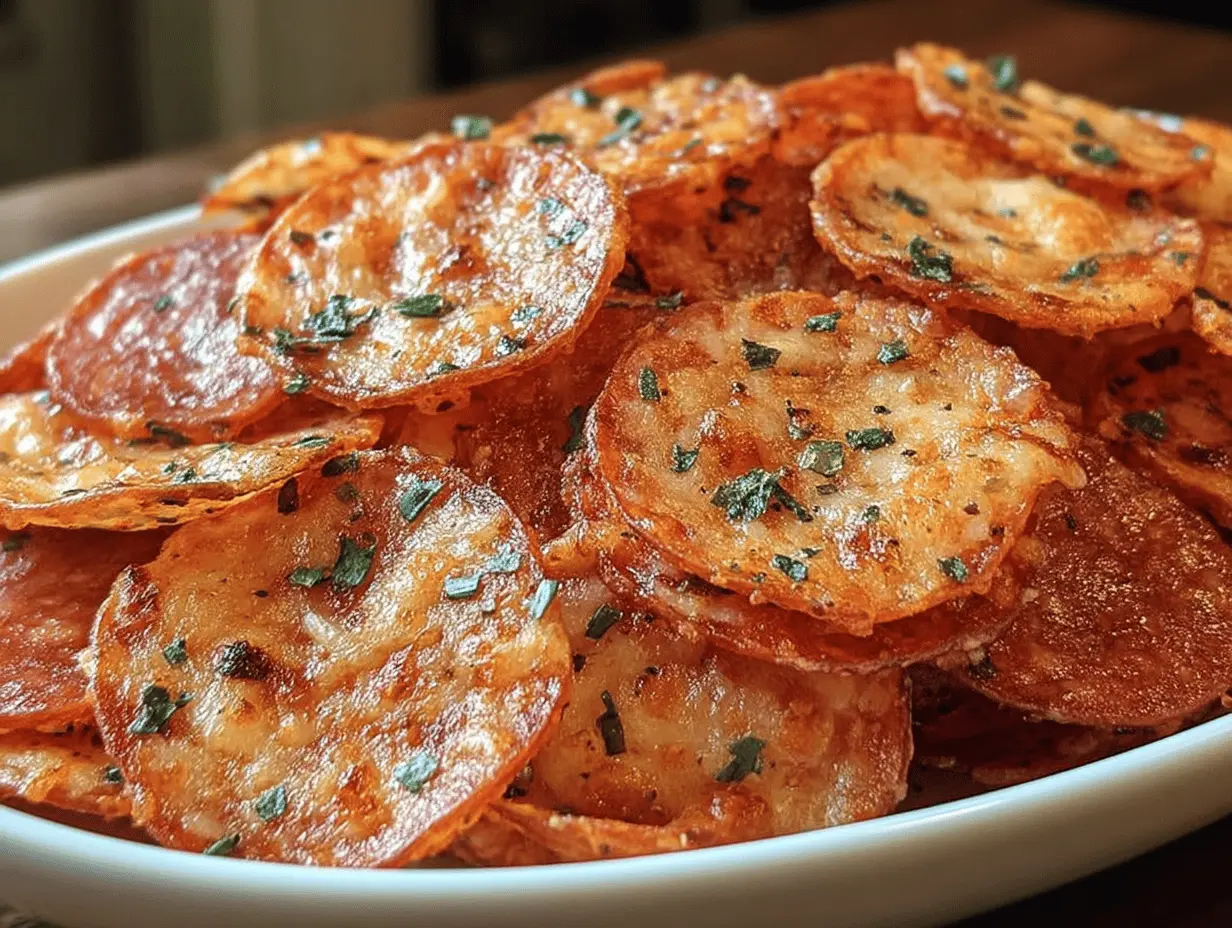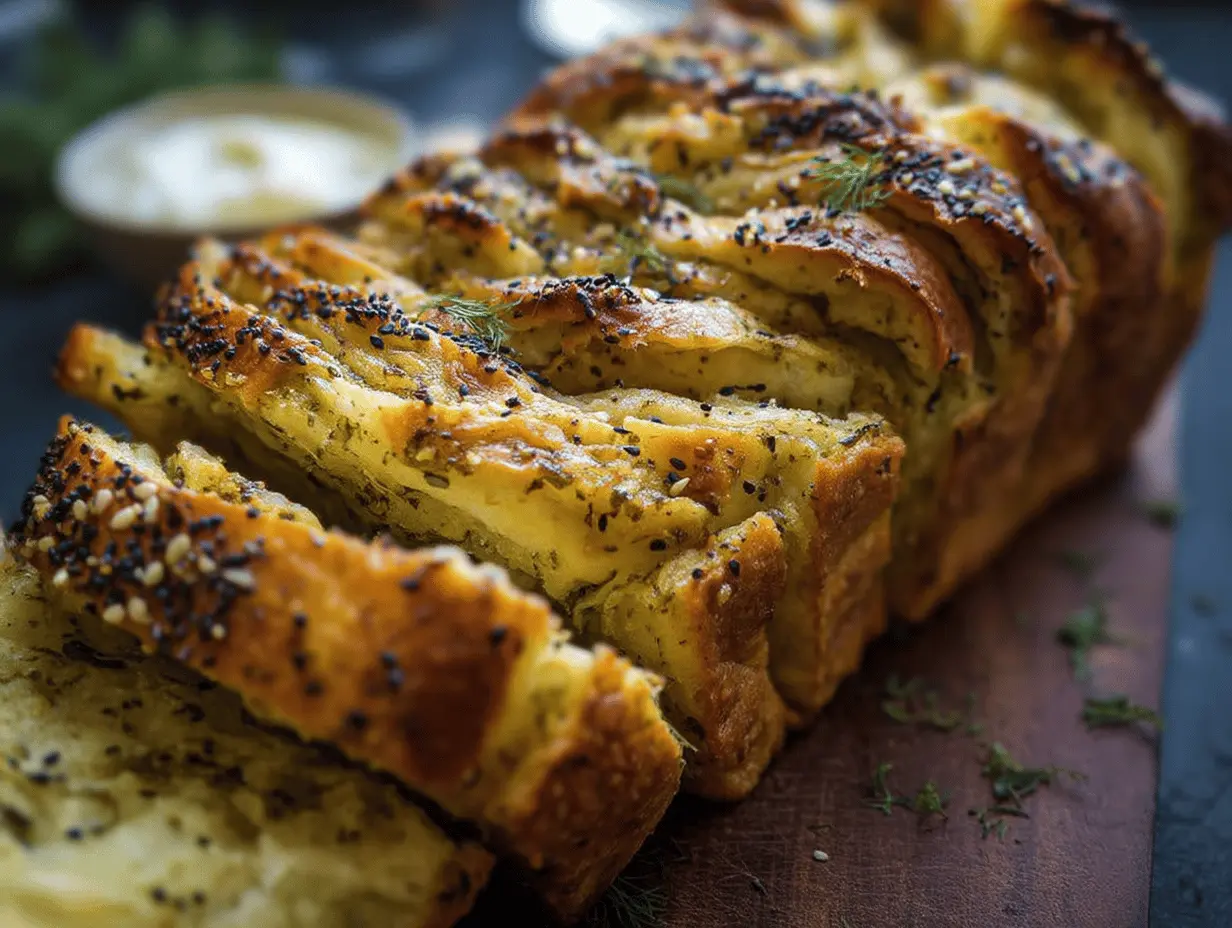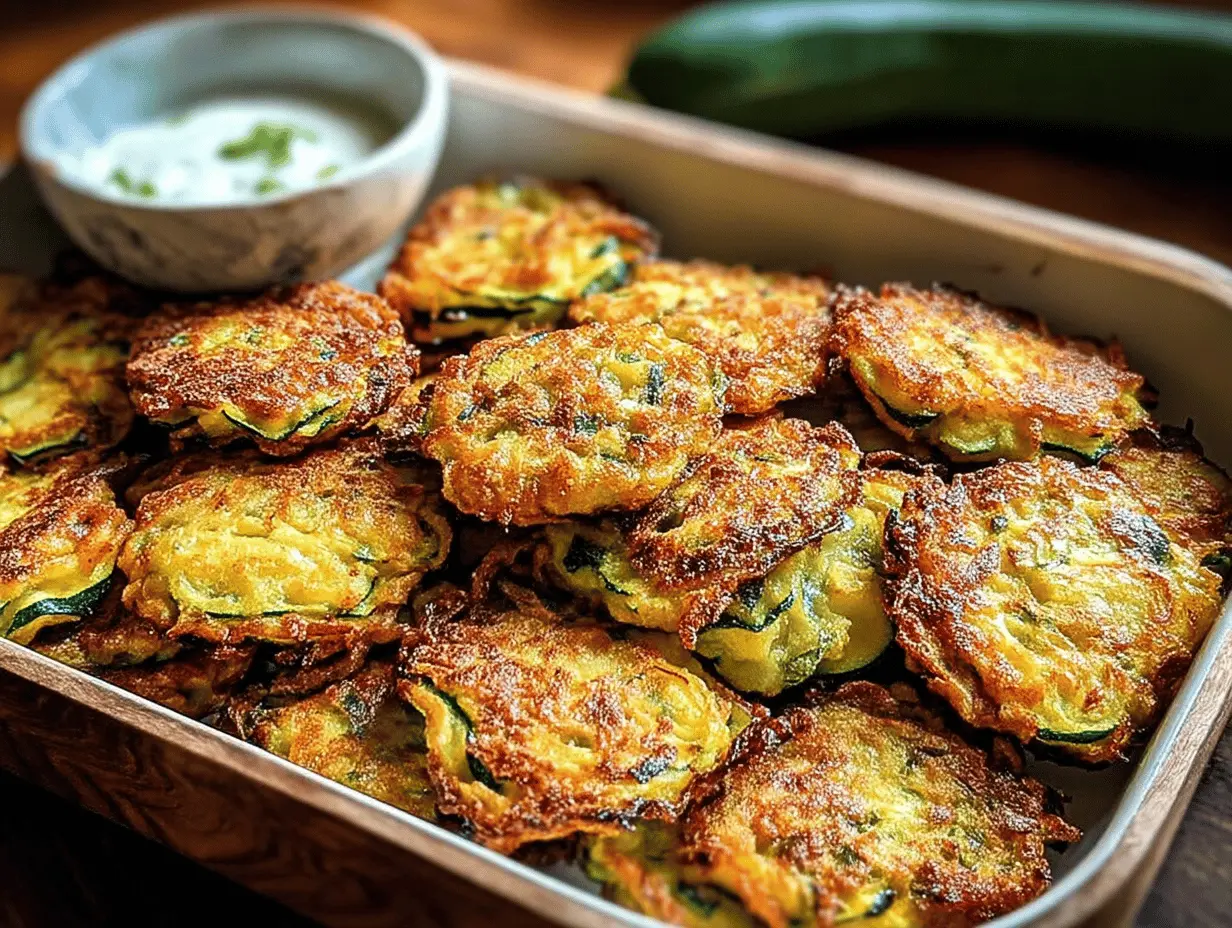Lumpia, the Filipino counterpart to the Chinese spring roll, is a celebrated dish known for its crispy texture and savory filling. This culinary delight, deeply rooted in Filipino culture, offers a taste of the Philippines’ rich culinary heritage. The recipe we are exploring today, Lumpia, is not just food; it’s a narrative of tradition, a blend of flavors that speaks volumes about the Filipino way of celebrating food and togetherness. Whether served at a family gathering or a festive occasion, Lumpia is a dish that resonates with joy and communal spirit.
Preparation Phase & Tools to Use
Embarking on the Lumpia-making journey requires a thoughtful preparation phase and the right set of tools to ensure the process is as enjoyable as the outcome. First, gather all necessary ingredients, ensuring they are fresh and of good quality, as they are the foundation of your Lumpia’s flavor. Next, prepare your workspace by ensuring it is clean and organized, providing a conducive environment for culinary creativity.
The tools you’ll need are relatively simple: a set of mixing bowls for preparing the filling, a skillet or frying pan for cooking, and a set of tongs or a spatula for handling the rolls while frying. Additionally, having a sharp knife and a chopping board will facilitate the prep work for your ingredients. A pastry brush or a small spoon will be handy for applying the sealing paste to the wrappers. Lastly, paper towels or a cooling rack will be essential for draining excess oil from the cooked Lumpia, ensuring they remain crispy.
Ingredients List
The ingredients for Lumpia play pivotal roles in crafting its signature taste and texture. Here’s the list, each accompanied by a brief note on its contribution:
- 1 lb Ground Beef: The primary source of protein, providing richness and depth to the filling.
- 1 cup Carrots, finely chopped: Adds a hint of sweetness and a vibrant color.
- 1 cup Cabbage, shredded: Contributes volume and a subtle crunch.
- 1/2 cup Green Beans, chopped: Introduces a fresh, vegetal element.
- 1 medium Onion, minced: A crucial aromatic that builds the base flavor.
- 2 cloves Garlic, minced: Adds a pungent, flavorful accent.
- 1 tsp Salt: Essential for seasoning and enhancing the overall taste.
- 1/2 tsp Ground Pepper: Adds a slight heat and depth.
- 20 Lumpia Wrappers: The encasing that holds the filling, crisping beautifully when fried.
- Oil for frying: Ensures a golden and crispy exterior.
Step-by-Step Instructions
- Prepare the Filling: Begin by sautéing onions and garlic until fragrant. Add the ground meat, cooking it thoroughly. Then, incorporate the vegetables, seasoning with salt and pepper, and cook until they are tender yet crisp.
- Assemble the Lumpia: Lay out a wrapper, place a portion of the filling near the bottom edge, and fold the sides inward. Roll tightly towards the top, sealing the edge with a bit of water or a flour paste.
- Fry the Lumpia: Heat oil in a pan and fry the rolls in batches until golden brown, ensuring they are turned occasionally for even cooking.
- Drain and Serve: Once cooked, drain the Lumpia on paper towels or a cooling rack and serve while hot, accompanied by your choice of dipping sauce.
Side Dish Recommendations for Lumpia
Lumpia, with its crispy exterior and savory filling, stands out as a versatile dish that can be paired with a variety of side dishes to create a well-rounded meal. Whether you’re planning a casual get-together or a formal dinner, these side dish recommendations will complement your Lumpia and elevate your dining experience.
Steamed Jasmine Rice:
A staple in Filipino cuisine, steamed jasmine rice offers a subtle fragrance and a soft, sticky texture that pairs wonderfully with Lumpia. The rice’s simplicity balances the rich flavors of the Lumpia, making for a harmonious combination.
Atchara (Pickled Papaya):
This traditional Filipino condiment, made from unripe papaya, carrots, and bell peppers in a sweet and tangy vinegar dressing, provides a refreshing contrast to the deep-fried Lumpia. Its acidity and crunch offer a palate-cleansing effect, enhancing the overall enjoyment of the meal.
Pancit:
Another beloved Filipino dish, Pancit is a noodle stir-fry loaded with vegetables and sometimes meat or seafood. Serving Lumpia alongside Pancit offers a delightful interplay of textures and flavors, with the noodles providing a satisfying chewiness that complements the Lumpia’s crispiness.
Fresh Vegetable Salad:
A simple salad made with lettuce, tomatoes, cucumbers, and a light vinaigrette can add a fresh, healthy element to your meal. The vegetables’ crispness and the dressing’s acidity will counterbalance the richness of the Lumpia, making for a refreshing side dish.
Sinangag (Garlic Fried Rice):
Elevate your rice offering by preparing Sinangag, a flavorful Filipino garlic fried rice. The aromatic garlic infuses the rice with a robust flavor that pairs excellently with Lumpia, providing a satisfying and comforting accompaniment.
Sweet and Sour Sauce:
While not a side dish in the traditional sense, offering a homemade sweet and sour sauce for dipping can enhance the Lumpia experience. The sauce’s sweetness and tanginess complement the savory filling, adding a layer of complexity to each bite.
Sautéed Vegetables:
A mix of sautéed seasonal vegetables, such as bell peppers, snap peas, and carrots, seasoned with a hint of soy sauce or fish sauce, can provide a colorful and nutritious side that balances the meal.
By thoughtfully selecting side dishes that complement the flavors and textures of Lumpia, you can create a memorable and satisfying meal that showcases the best of Filipino cuisine.
Nutritional Information & Health Benefits
Lumpia, while being a treat to the taste buds, also packs a nutritional punch, thanks to its varied ingredients. The vegetables within provide essential vitamins and minerals, contributing to your daily nutritional intake. The protein from the meat aids in muscle repair and growth, making Lumpia a dish that combines taste with nourishment.
However, it’s also crucial to consume Lumpia in moderation, as it is a fried food. Opting for healthier cooking methods like baking can be a beneficial alternative, reducing the oil content without compromising on taste. Additionally, incorporating lean meats and increasing the proportion of vegetables can enhance the nutritional profile of your Lumpia, making it a healthier choice for those indulgent moments.
Common Mistakes To Avoid & How to Perfect the Recipe
Creating the perfect Lumpia requires attention to detail and an understanding of the process. Here are some common pitfalls to avoid and tips for perfecting your recipe:
- Overfilling the Wrapper: This can lead to bursting during frying. Ensure you use just enough filling to allow for a tight roll that stays intact.
- Insufficient Seasoning: The filling should be well-seasoned. Taste the mixture before wrapping to ensure it has enough salt and flavor.
- Uneven Cooking: Maintain a consistent oil temperature to avoid Lumpia that are soggy or overly browned. Fry in batches if necessary to prevent overcrowding.
- Not Draining Excess Oil: After frying, place Lumpia on a paper towel or cooling rack to drain excess oil, which helps maintain their crispiness.
- Using Damp Wrappers: Ensure the wrappers are dry and pliable. If they are too moist, they can tear or become soggy when fried.
To perfect your Lumpia:
- Consistency in Size: Keep your rolls uniform for even cooking.
- Proper Sealing: Use a paste made of flour and water to seal the edges effectively, preventing the filling from leaking out.
- Test Fry: Cook a single roll first to check the taste and adjust the seasoning of the filling if necessary.
- Optimal Frying Temperature: Use a thermometer to ensure the oil is around 350°F (175°C) for the best texture.
Tips, Notes, Storing, and Reheating
- Making Ahead: You can prepare Lumpia in advance and freeze them before frying. Lay them out on a baking sheet to freeze individually, then transfer to a freezer bag.
- Reheating: To maintain crispiness, reheat Lumpia in an oven or toaster oven rather than a microwave.
- Variations: Experiment with different fillings, such as chicken, shrimp, or purely vegetables, to cater to various dietary preferences.
- Serving Suggestions: Serve Lumpia with a vinegar-based dipping sauce or a sweet and sour sauce to enhance its flavors.
- Storage: Cooked Lumpia can be stored in the refrigerator for a few days and reheated, though they are best enjoyed fresh.
FAQs
- Can I bake Lumpia instead of frying? Yes, baking is a healthier alternative. Brush them lightly with oil and bake until golden brown.
- What can I use if I don’t have Lumpia wrappers? In a pinch, you can use thin spring roll wrappers or even phyllo dough as a substitute.
- How do I prevent Lumpia from becoming soggy? Avoid stacking them while hot and ensure they are drained well after frying. Serve immediately or keep them in a warm oven until ready to serve.
- Can Lumpia be made vegetarian? Absolutely! Substitute the meat with tofu or a mix of additional vegetables for a vegetarian version.
- Is there a gluten-free option for Lumpia wrappers? Gluten-free wrappers are available in some stores, or you can make a rice paper-based wrapper at home.
Conclusion
Lumpia offers a delightful experience with its crispy exterior and savory filling, embodying the essence of Filipino culinary tradition. Whether you’re a seasoned cook or new to Filipino cuisine, mastering Lumpia can add a versatile dish to your culinary repertoire. Remember, the key to great Lumpia lies in the balance of flavors, proper preparation, and cooking technique. Embrace the process, and enjoy the delicious results of your labor shared with family and friends.
Print
Lumpia Recipe
- Total Time: 40 minutes
- Yield: 50 Spring Rolls 1x
Description
Craving something crispy and savory? Dive into our latest Lumpia recipe guide and bring the taste of the Philippines to your kitchen! Discover easy steps and expert tips to create these delightful rolls perfect for any occasion.
Ingredients
- 1 lb Ground Beef: The primary source of protein, providing richness and depth to the filling.
- 1 cup Carrots, finely chopped: Adds a hint of sweetness and a vibrant color.
- 1 cup Cabbage, shredded: Contributes volume and a subtle crunch.
- 1/2 cup Green Beans, chopped: Introduces a fresh, vegetal element.
- 1 medium Onion, minced: A crucial aromatic that builds the base flavor.
- 2 cloves Garlic, minced: Adds a pungent, flavorful accent.
- 1 tsp Salt: Essential for seasoning and enhancing the overall taste.
- 1/2 tsp Ground Pepper: Adds a slight heat and depth.
- 20 Lumpia Wrappers: The encasing that holds the filling, crisping beautifully when fried.
- Oil for frying: Ensures a golden and crispy exterior.
Instructions
- Prepare the Filling: Begin by sautéing onions and garlic until fragrant. Add the ground meat, cooking it thoroughly. Then, incorporate the vegetables, seasoning with salt and pepper, and cook until they are tender yet crisp.
- Assemble the Lumpia: Lay out a wrapper, place a portion of the filling near the bottom edge, and fold the sides inward. Roll tightly towards the top, sealing the edge with a bit of water or a flour paste.
- Fry the Lumpia: Heat oil in a pan and fry the rolls in batches until golden brown, ensuring they are turned occasionally for even cooking.
- Drain and Serve: Once cooked, drain the Lumpia on paper towels or a cooling rack and serve while hot, accompanied by your choice of dipping sauce.
Notes
- Making Ahead: You can prepare Lumpia in advance and freeze them before frying. Lay them out on a baking sheet to freeze individually, then transfer to a freezer bag.
- Reheating: To maintain crispiness, reheat Lumpia in an oven or toaster oven rather than a microwave.
- Variations: Experiment with different fillings, such as chicken, shrimp, or purely vegetables, to cater to various dietary preferences.
- Serving Suggestions: Serve Lumpia with a vinegar-based dipping sauce or a sweet and sour sauce to enhance its flavors.
- Prep Time: 30
- Cook Time: 10
- Category: Appetizers
- Method: Frying
- Cuisine: Filipino
